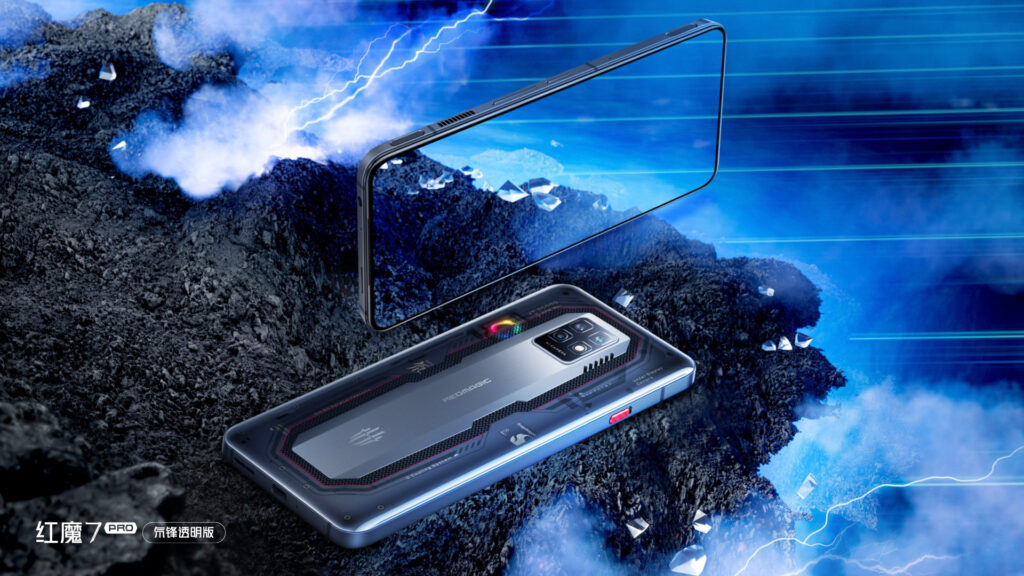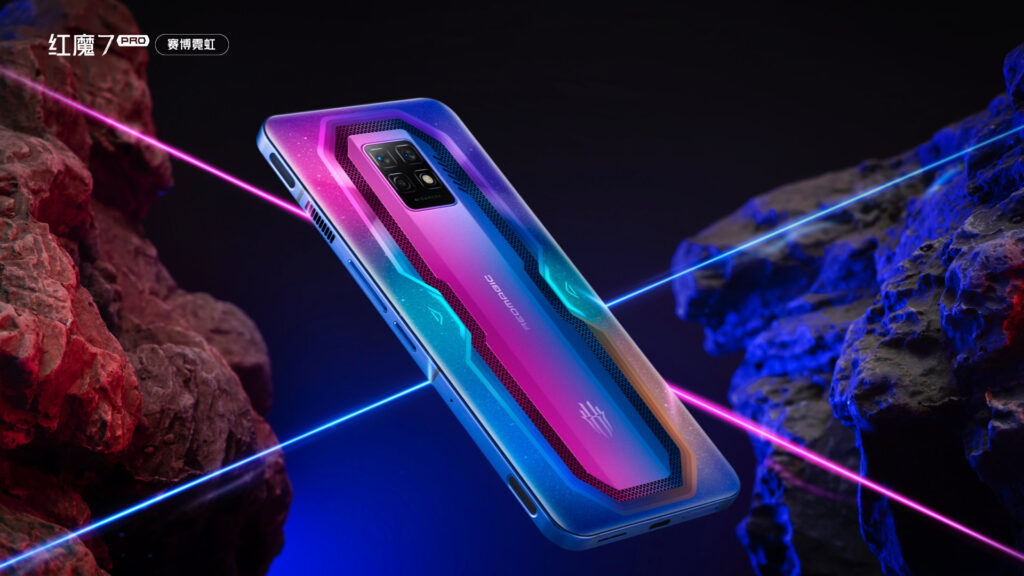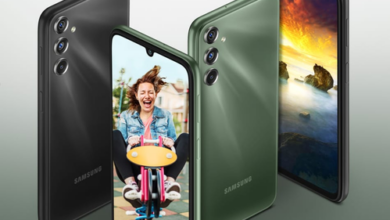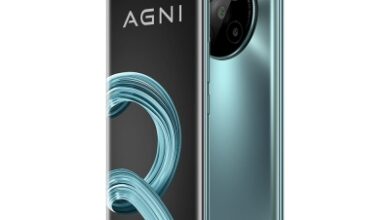Nubia Red Magic 7 Series Launch Date Set for February 17

Mobilenews24x7 Bureau
The race of launching the first Snapdragon 8 Gen 1 SoC-powered gaming phone is still on, and now it seems like, Nubia Red Magic 7 gaming smartphone lineup will be launched in China on February 17. The launch event will be held in China at 3 PM, where the company might announce two devices under the Red Magic 7 lineup – Red Magic 7 and Red Magic 7 Pro.
The ZTE-owned brand has been teasing Nubia Red Magic 7 via Weibo posts, revealing aspects of the phones’ design and some specifications. It has also been spotted on various certification websites. The phone could come equipped with a Qualcomm Snapdragon 8 Gen 1 SoC and feature a triple rear camera setup. The specifications of the smartphone also recently surfaced online via a TENAA listing.
The launch poster does not reveal anything about the phone. But, the Red Magic 7 and 7 Pro have been already spotted on multiple certification sites with model numbers NX679J and NX709J, respectively. The 3C listing revealed that both the devices support 165W fast charging, which is the highest for any smartphone.
Red Magic 7: The Red Magic 7 is the company’s latest flagship and gaming smartphone. The handset sports a 6.8 inch OLED display with FHD+ resolution that offers an impressive 165Hz refresh rate. With frame rate being important in gaming, this panel would likely be great for mobile gamers. Under the hood, the Red Magic 7 packs the Qualcomm Snapdragon 8 Gen 1 SoC and runs Android 12 out of the box. This processor is paired with either 8GB or 12GB of RAM and up to 512GB of internal storage. The device is powered by a large 4,500mAh battery pack that supports a 120W of fast charging as well.

The brand also placed an emphasis on cooling, with the device featuring the ICE 8.0 cooling system that includes an RGB fan that spins at 20,000 rpm. It also houses nine heat dissipation materials as well, like a large VC liquid cooling plate. Other features include, accelerometer, gyro, proximity, compass, USB Type C, Bluetooth 5.2, WiFi 6, dual stereo speakers, 3 microphones, and a 3.5 mm headphone jack as well. On the rear, the smartphone sports a triple camera setup, with the primary lens being a 64 megapixel shooter. This sensor is paired with an 8 megapixel ultra wide angle lens and a 2 megapixel macro sensor.
Red Magic 7 Pro: Arriving at the higher end model, the Red Magic 7 Pro is the top variant and features many of the same features as the base version but with a few additions. This includes the Red Core 1 chipset. This is a dedicated chip that has been designed to enhance the gaming experience on its latest flagship device.

For gaming, the device also offers shoulder triggers as well, which paired with the Red Core 1, offers a 500Hz touch sampling rate. This chipset will also help enhance audio on the 7 series.
Apart from this, it also offer a full front screen body since it houses its selfie camera under the display to offer the most seamless gaming experience. It also sports the same display as the base mode, but with 100 percent DCI P3 color gamut, 10 bit color, DC dimming, and more. It also feature in display fingerprint sensor, which supports heart rate monitoring as well. The device is powered by a Qualcomm Snapdragon 8 Gen 1 SoC but paired with up to 18GB of LPDDR5 RAM and 1TB of internal storage. With virtual expansion, it can even hit 24GB of total RAM.

For photography, it features the same 64 megapixel triple camera setup, along with an 8 megapixel ultra wide angle lens and a 2 megapixel macro sensor. On the front, it sports a 16 megapixel selfie shooter under the display. It runs on a large 5,000mAh battery pack that offers 135W fast charging that enables it to charge from 0 to 100 percent in just 15 minutes. Notably, the device also comes with the industry’s first 165W GaN charger as well.

Pricing and Availability: The Red Magic 7 series is available in two color variants for both the Pro and base model, namely Dark Knight and Cyber Neon, and will also be sold in Transparent Edition as well. So let’s have a look at the pricing for the different configurations:






